“The most widespread form of interspecies bonding occurs between humans and dogs” and the keeping of dogs as companions, particularly by elites, has a long history. However pet dog populations grew significantly after WWII as suburbanization increased. In the 1950s and 1960s dogs were kept outside, (using the expression “in the doghouse” to describe exclusion from the group signifies the distance between the doghouse and the home) and were still primarily functional, acting as a guard, children’s playmate, or walking companion. From the 1980s we have seen significant changes in the role of the pet dog, and writer John Katz describes the new work of dogs as the emotional support of their owner. People and dogs have become increasingly integrated and implicated in each other’s lives, to the point where pet dogs actively shape the way that family and home are experienced.
There have been two major trends in the changing status of pet dogs. The first has been the ‘commodification’ of the dog, shaping it to conform to human expectations of personality and behaviour. The second has been the broadening of the concept of the family and the home to include dogs-as-dogs within everyday routines and practices.
Social geographer Heidi Nast points out the vast range of commodity forms available to transform a pet dog into an ideal companion. The list of goods, services and places available is enormous: from dog perfumes, couture, furniture and housing, to dog groomers, therapists, trainers and care-takers, dog cafes, spas, parks and beaches, and dog hotels, airlines and cemeteries. While dog training as an organized activity can be traced back to the 1700s, in the last decades of the 20th Century it became a high profile issue as many normal dog behaviors such as barking, jumping up, digging, rolling in dung, fighting, and urine marking became increasingly incompatible with the new role of a pet dog. Dog training books, classes and television programs proliferated as the process of commodifying the pet dog continued.
A pet dog is part of the Christmas traditions.
The majority of contemporary dog owners describe their dog as part of the family, although some ambivalence about the relationship is evident in the popular reconceptualisation of the dog-human family as a pack. A dominance model of dog-human relationships has been promoted by some dog trainers such as on the television program Dog Whisperer, however it has been disputed that "trying to achieve status" is characteristic of dog–human interactions. Pet dogs play an active role in family life, for example, a study of conversations in dog-human families showed how family members use the dog as a resource, talking to the dog, or talking through the dog, to mediate their interactions with each other. Another study of dogs’ roles in families showed that many dogs have set tasks or routines undertaken as family members, the most common of which was helping with the washing-up by licking the plates in the dishwasher, and bringing in the newspaper from the. Increasingly, human family members are engaging in activities that are centred on the perceived needs and interests of the dog, or in which the dog is an integral partner such as Dog Dancing and Doga.
Saturday, May 29, 2010
Subscribe to:
Post Comments (Atom)
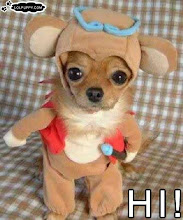






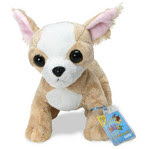



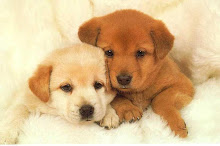


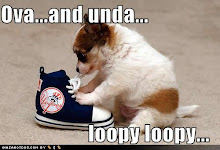
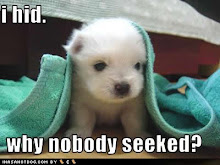

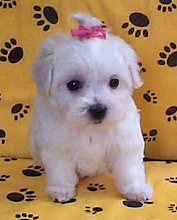

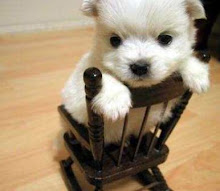

No comments:
Post a Comment